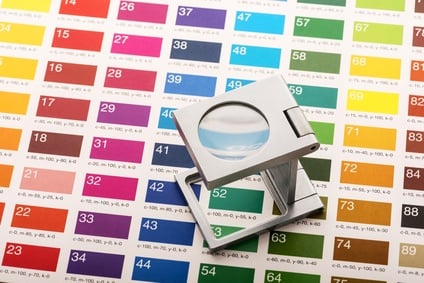Many marketers are tasked with doing more with static or shrinking budgets. The answer to this, is often ‘ to decouple’ production.
Despite the potential benefits, many marketers only have a limited understanding of what decoupling in advertising and marketing actually is, how to decouple and who it is suitable for.
This post, from Gutenberg CEO Simon Steel, the first in a series, looks at the history of decoupling in advertising and marketing and provides a clear explanation of what decoupling is.
The history of decoupling and advertising and marketing
The full service advertising agency had a privileged relationship with advertisers. They often acted as consultant, procurement department, media buying agency, promotional and direct marketing agency rolled into one. Production was craft and many specialists were employed to realise the creative idea, such as specialist typesetters. Production was expensive, time consuming and arms-length from the advertiser. Suppliers such as printers and re-pro houses were managed by the agency and prices marked up.
Gradually this model split and fragmented. Media buying went into specialists, as did direct marketing, promotional marketing and web, all splintering again into the fragmented market we see today, leaving creative agencies with the creative idea and the execution and production of that creative idea. At the same time technology made the execution, delivery and production of campaign material easier and clients, led by specialist procurers started to look at their agency invoices and wonder if things couldn’t be done a bit more efficiently.
This set the scene for decoupling.
Single integrated or specialist agencies tend to make significant margin on the production of marketing material. They are often high overhead businesses, with large fixed operating costs. By decoupling the production of marketing assets and centralising the procurement of printed material, clients tend to save upward of 20% from their overall marketing budget.










